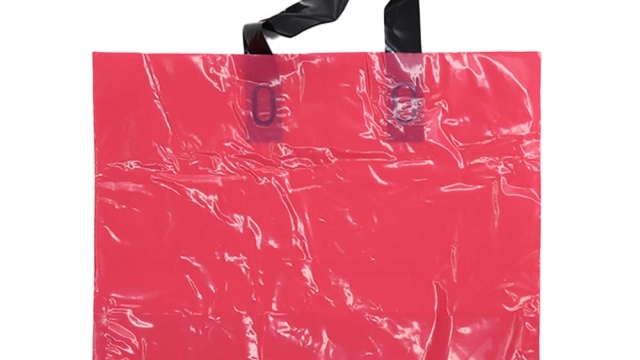
In our daily routines, the convenience of plastic shopping bags often goes unnoticed. We grab them without a second thought as we check out at the grocery store, tossing our items inside and heading out the door. However, beneath the surface of this seemingly simple exchange lies a tangled web of hidden costs that impact our environment, health, and economy.
As plastic shopping bags become an integral part of modern life, it is crucial to examine the broader implications of their use. While they offer short-term benefits in convenience, the long-term consequences of plastic waste are staggering. From the pollution of our oceans to the threat to wildlife, the true cost of these bags extends far beyond our shopping carts. Understanding these hidden costs is essential for making informed choices about how we shop and how we can reduce our environmental footprint.
Environmental Impact of Plastic Bags
Plastic shopping bags are one of the most common forms of single-use plastics, contributing significantly to environmental pollution. Millions of bags are used every day, many of which are discarded after a single use. These bags can take hundreds of years to decompose, often ending up in landfills where they not only contribute to increased waste but also leach harmful chemicals into the soil and groundwater. The pervasive nature of plastic bags poses a serious threat to wildlife, as animals frequently ingest them or become entangled, leading to injury or death.
The impact of plastic bags extends beyond land pollution. When plastic bags are improperly disposed of, they can easily find their way into oceans and waterways, leading to severe marine pollution. In aquatic environments, plastic shopping bags can harm fish, turtles, and seabirds, who mistake them for food or become entangled in them. The degradation of plastic in water also creates microplastics, which can enter the food chain, ultimately affecting human health. The long-lasting effects of plastic pollution highlight the need for more sustainable alternatives.
Efforts to mitigate the environmental impact of plastic shopping bags have gained momentum in recent years, with many communities implementing bans or charging fees for plastic bag use. This shift aims to reduce plastic consumption and encourage shoppers to use reusable bags. However, the transition requires behavioral change and awareness among consumers about the consequences of their choices. By understanding the environmental impact of plastic bags, individuals can make informed decisions that contribute to a healthier planet.
Economic Costs of Plastic Bag Use
The economic costs of plastic shopping bags extend beyond their price at the checkout. While a single plastic bag may seem inexpensive, their widespread use contributes to significant environmental cleanup costs, which are often borne by taxpayers. Government agencies spend millions of dollars each year to manage the pollution caused by plastic bags, from litter collection to wildlife rehabilitation, as well as the long-term damage to ecosystems.
Additionally, the convenience of plastic bags can lead to overconsumption and increased waste. When consumers use disposable bags without considering their environmental impact, they may overlook the fact that these bags rarely get reused. This dependency on single-use plastics can create a cycle of waste that eventually costs society more in terms of landfill usage and the depletion of natural resources required for production.
Furthermore, the economic implications extend to the retail industry. Many stores are now shifting towards biodegradable or reusable options, which may initially seem more expensive. However, these changes can lead to an increase in operational costs and adjustment periods, which small businesses may struggle to manage. Ultimately, the transition costs can have a broader economic impact, influencing pricing strategies and consumer behavior as the market adapts to new norms regarding plastic shopping bags.
https://www.armopak.com
Alternatives to Plastic Shopping Bags
As consumers become increasingly aware of the environmental impact of plastic shopping bags, many are seeking more sustainable options. One popular alternative is the reusable cloth bag. Made from durable materials like cotton or jute, these bags can be used countless times and are often designed to be washable. Their sturdiness allows them to hold more weight than a typical plastic bag, making them a practical choice for grocery shopping. Additionally, many manufacturers are promoting stylish designs, which encourage consumers to carry them and help reduce plastic waste.
Another excellent option is biodegradable bags, which are made from organic materials that break down naturally over time. These bags often utilize substances like cornstarch or other plant-based materials, offering a more eco-friendly solution for those who are unable to commit to reusable bags. While they are still single-use, their ability to decompose mitigates some of the environmental concerns linked to traditional plastics. As these products gain traction, more retailers are beginning to offer them as a sustainable choice at checkout.
Finally, paper bags present an alternative that is frequently overlooked. While they do have their own environmental impact in terms of production, they are made from renewable resources and can be recycled or composted after use. Many stores now provide paper bags as a standard option, often designed to be sturdy enough for multiple uses. By opting for paper bags or mixing your choices with other alternatives, consumers can take a significant step toward reducing their reliance on plastic shopping bags and promoting a healthier planet.
